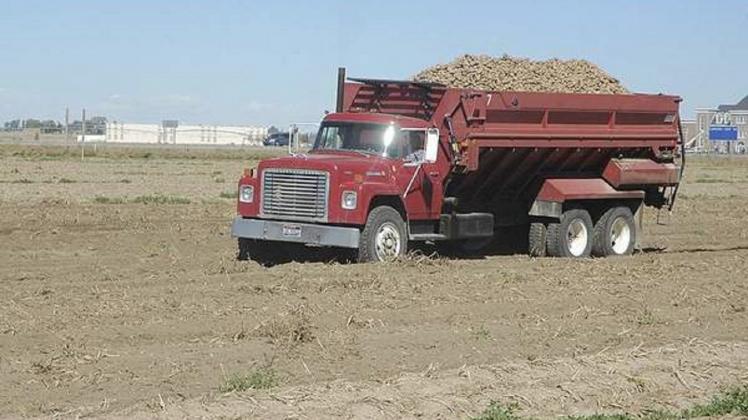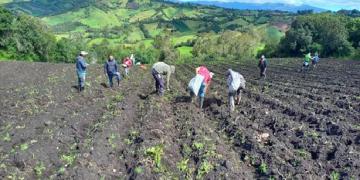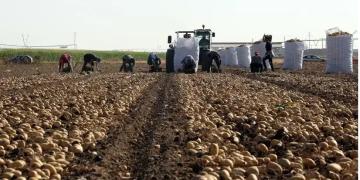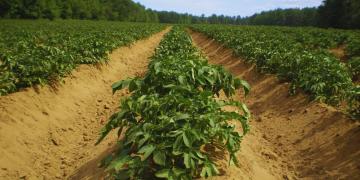EEUU: Report finds cost of raising Idaho spuds rose
Working as a consultant for the Idaho Potato Commission, retired University of Idaho Extension economist Paul Patterson has presented his final report on the cost of producing potatoes in Idaho.

POCATELLO, Idaho — The cost of raising potatoes in Idaho was generally up in 2015 because growers had to increase spraying for potato psyllids and late blight, according to a new report.
Paul Patterson, a retired University of Idaho Extension economist who authored the report as a consultant for the Idaho Potato Commission, estimated the cost per hundredweight of producing fumigated Russet Burbanks at $7.25 in southwest Idaho, up 3.7 percent; $7.02 in southcentral Idaho, up 1.4 percent and $6.73 in Eastern Idaho, down 1.9 percent.
Per-acre productions costs, with fumigation, were up 1.7 percent in southwest Idaho, 2.6 percent in southcentral Idaho and 2.2 percent in Eastern Idaho.
“Growers in Idaho are only getting about 75 cents on the dollar for what their production cost is,” Patterson said, explaining his estimates factor in economic costs, such as what growers who own their land could have earned by leasing it.
His calculations utilize a model farm for each region, developed based on surveys and interviews of growers and suppliers conducted throughout the year.
For this year only, Patterson was also hired by United Potato Growers of America to prepare production cost reports for Washington, Wisconsin and Colorado. He estimated the per-hundredweight cost of producing fumigated Burbanks in Washington at $7.24. He also calculated the cost of raising Russet Norkotahs without fumigation in Colorado at $7.29 per hundredweight and the cost of raising fumigated Norkotahs in Wisconsin at $6.96 per hundredweight.
Patterson said fuel savings helped mitigate other cost increases, especially given heightened pressure from potato psyllids, which spread zebra chip disease, and a stormy season exacerbating late blight outbreaks.
Patterson’s estimates figured an additional fungicide and insecticide application in Eastern Idaho, two more fungicide sprays and three more insecticide sprays in southcentral Idaho and two more fungicide and insecticide sprays in southwest Idaho.
Growers experienced increases of up to 31.4 percent in their budgets for custom services and consulting, due to the need to hire more help with spraying, he said.
Patterson said the increases would have been steeper if not for cheap fuel. Furthermore, Patterson said, seed prices were down 0.3 to 0.4 percent due to a reduction in delivery costs.
Patterson’s estimate for fuel and repairs ranged from down 18.2 percent in southwest Idaho to down 19.9 percent in Eastern Idaho.
“The fuel cost savings was very significant, roughly $35 per acre,” Patterson said. “Production costs would have been flat to slightly down without increased insect and fungus pressure.”
In Idaho, Patterson said irrigation held nearly flat, fertilizer was up from 4.8 to 5.4 percent and labor rose from 2.1 to 3.3 percent.
Patterson has conducted the production cost research since the early 1990s but said this will be his last year of doing the work. Growers, processing industry representatives and others on a committee overseeing the reports agreed the information provides an important, neutral perspective and hope UI will allocate resources to continue the work.
“It’s not the absolute number that’s relevant. It’s the trends,” IPC President and CEO Frank Muir said, noting Patterson’s reports were always compiled in a consistent manner. “If costs are going up on a percent basis, we need to make sure our revenue is going up, too.”
Fuente: http://www.capitalpress.com/Idaho/20160119/report-finds-cost-of-raising-idaho-spuds-rose









